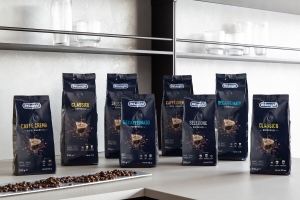Monthly Archives: September 2021
-
Posted: September 29, 2021Categories: Coffee 101
-
Posted: September 22, 2021Categories: The BeanRead more »
You may know India as a tea-drinking nation, but you’ll be amazed to find out about the country’s rich history when it comes to coffee. The drink’s origin dates back to 1600 AD when Baba Budan, a legendary merchant and 16th-century Sufi, went to Mecca on a pilgrimage and smuggled seven coffee beans from Yemen into Mysore, India. Upon arriving in Mysore, Baba Budan planted the seeds in Chandragiri – a hilly region located in the Indian state of Karnataka. It seems like a strange tale, but that’s how India’s coffee culture was born.
Where and How It’s Grown
[caption id="attachment_19254" align="alignnone" width="2560"] India’s coffee farms are pretty small; most are less than 10 acres in size. Photo from Rodrigo Flores.[/caption] Today, many aren’t aware that India is one of the world’s largest coffee producers. Ranked sixth internationally, India accounts for more than four per cent of global coffee production. Coffee farms are found in eight regions, mainly in the southern states. Wet-processed or washed specialty coffees are grown in mountainous areas, such as Baba Budan (yes, Chandragiri became known as Baba Budan thanks to the incredible origin story), Nilgiris, and Shevaroys. Robusta is a lot more common than Arabica (it’s 30 per cent v
India’s coffee farms are pretty small; most are less than 10 acres in size. Photo from Rodrigo Flores.[/caption] Today, many aren’t aware that India is one of the world’s largest coffee producers. Ranked sixth internationally, India accounts for more than four per cent of global coffee production. Coffee farms are found in eight regions, mainly in the southern states. Wet-processed or washed specialty coffees are grown in mountainous areas, such as Baba Budan (yes, Chandragiri became known as Baba Budan thanks to the incredible origin story), Nilgiris, and Shevaroys. Robusta is a lot more common than Arabica (it’s 30 per cent v
-
Posted: September 15, 2021Categories: Coffee 101








